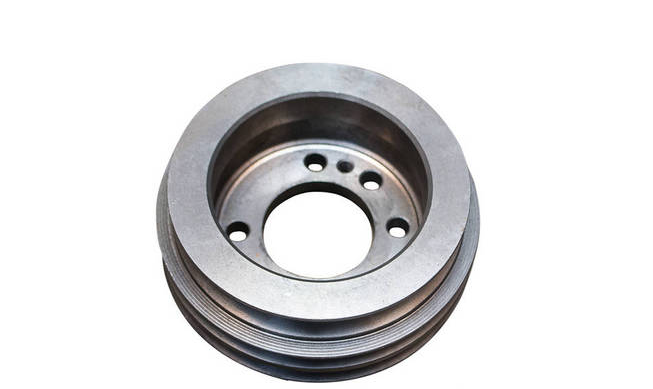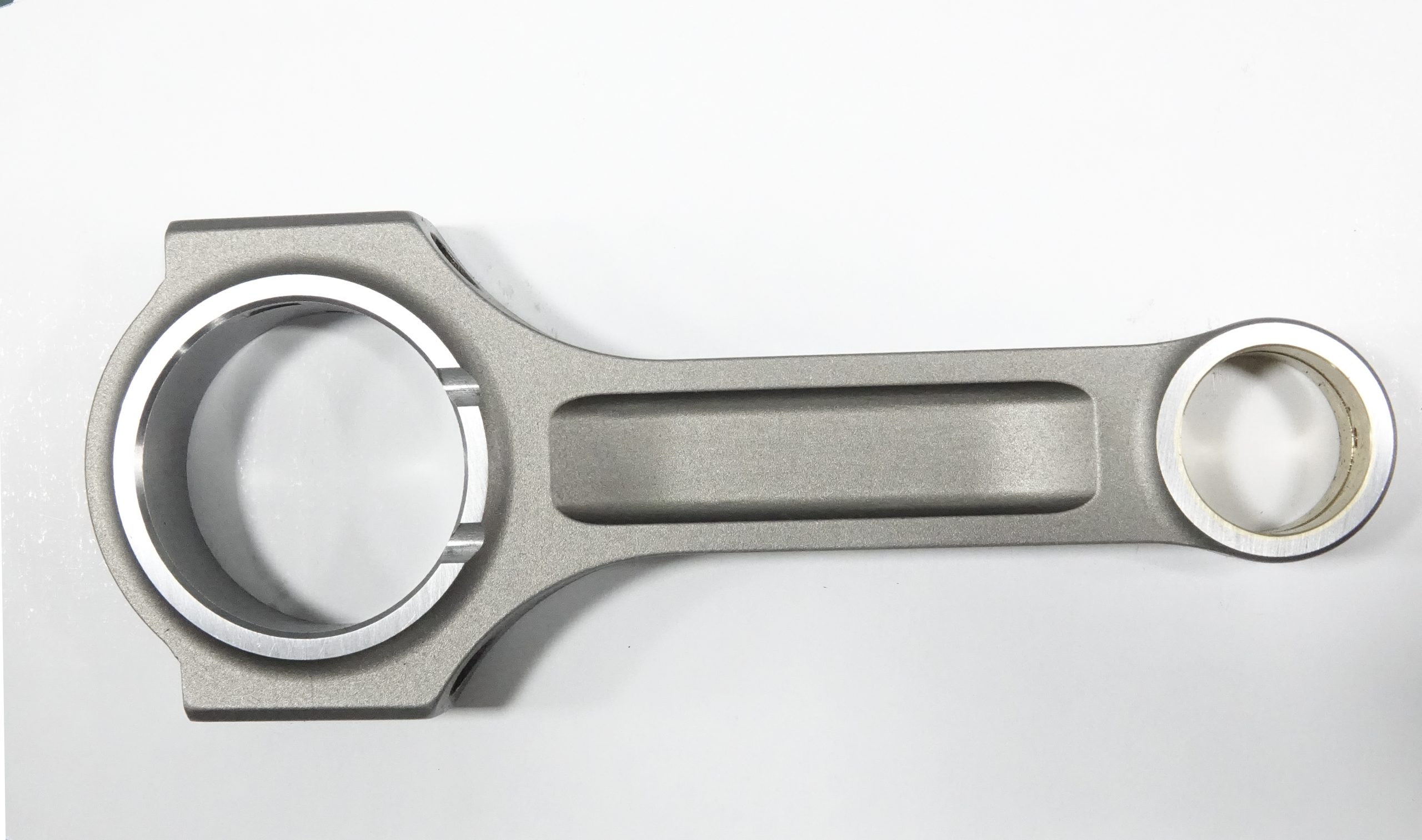When working on your vehicle’s engine, you may encounter a situation where you need to know how to remove crankshaft pulley. This vital component is responsible for transferring power from the engine to various accessories, such as the alternator and power steering pump. Removing the crankshaft pulley can seem intimidating, but with the right tools and techniques, it can be a straightforward task.
To remove the crankshaft pulley, follow these simple steps:
- Ensure the engine is cool and disconnected from the battery to prevent any electrical hazards or burns.
- Remove any belts or accessories that may be blocking access to the crankshaft pulley.
- Use a pulley removal tool or harmonic balancer puller to carefully and evenly remove the crankshaft pulley. It is crucial to avoid applying excessive force or prying, as this can damage the component.

When working with engine components, it’s essential to understand the role and function of each part. For example, a forged crankshaft is an essential element in high-performance engines due to its increased strength and durability. Understanding the benefits of a forged crankshaft can help you make informed decisions when it comes to upgrading your engine components.
Another critical component within the engine is the connecting rod cap. These caps secure the connecting rods to the crankshaft, ensuring proper alignment and reducing the chance of engine failure. It is essential to torque the connecting rod caps to the manufacturer’s specifications to maintain optimal engine performance.

To explore the transformative power of connecting rods in automotive engines, take a look at Revolutionize Your Ride: Connecting Rods Transforming Car and Motorcycle Engines. This informative resource delves into the importance of high-quality connecting rods and their ability to enhance your vehicle’s performance.
In summary, knowing how to remove crankshaft pulley is a valuable skill for any vehicle owner or mechanic. By familiarizing yourself with the various engine components and their functions, you can better maintain and improve your engine’s performance.